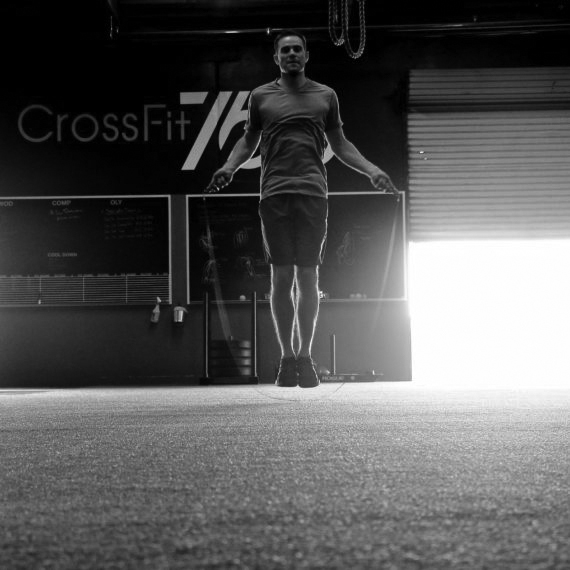Everyone has heard of the importance of a good warm-up to get your body ready for activity. However, the biggest problem with a good warm-up falls into either the type of warm-up being performed or the timing/duration of warm-up. The type of warm-up has to match the type of workout or activity that you are about to perform. The duration of your warm-up should not be longer than your actual workout, but it should also be much more than 5 minutes spent pedaling on the bike. All too often, people in the gym are off on either the type of warmup, the timing of it, or both.
As mentioned above, the two biggest problems people have with their warm-up comes down to spending too much or too little time (which we will address here soon) and focusing on the wrong things. A proper warm-up should accomplish three main objectives:
- It should get your mind right for training. Our minds are overloaded with things to think about all day long, and because of this it’s super important to leave that all behind and set your focus for training. This is going to look different based on what your goals for training are, but you want it to match the stimulus you are aiming to achieve. If you are training for a heavy deadlift, do you want to be spending 10 minutes rolling on the ground on a foam roller? This may be appropriate if you are getting ready for bed or for a nap, but this is not the signal you want to be giving your body before a 1RM deadlift.
- It should get your nervous system right for training. Getting your nervous system, which can be thought of as your control center, ready for training should be prioritized even higher than getting your muscles ready. Your nervous system controls your mobility and strength output, so it only makes sense to get it primed and ready the same way you would any other area of your body. Similar to getting your mind right, the stimulus should match your goal for training. The warm up will look slightly different if your training calls for a slow and easy 30 minute run versus a heavy CrossFit metcon. To get your nervous system ready – think dynamic and active movements.
- It should get your joints and tissues right for training. Notice how this is #3 on the list, yet most people think this is the only place they need to be spending their time during a warmup. If you’re missing #1 and #2, this one won’t get you far. Your focus for getting your joints and tissues ready should be prioritized specifically for what you are planning on doing that day. If you have a good training program that is already focusing on movement and mobility work, you may not even need to spend any time here. This step is mainly to clean up the last bit of range of motion that will help you reinforce good positioning and movement during your training.
So What Next?
If you’re not sure where to start, check out our Warmup and Mobility Overhaul. This is a complete guide to revamping your current warm-up routine. You will want to adjust this to meet the goals of training and your current level of movement and mobility, but this is a good starting point to jumpstart your routine. Once you find out what it feels like to be truly warmed up in all three areas we mentioned above, you won’t want to go back to your old warm-up routine.
If training has lost its enjoyment due to pain that is keeping you from performing the warm-ups and workouts you’re used to – fill out our contact form to speak with one of our Performance Docs today.

